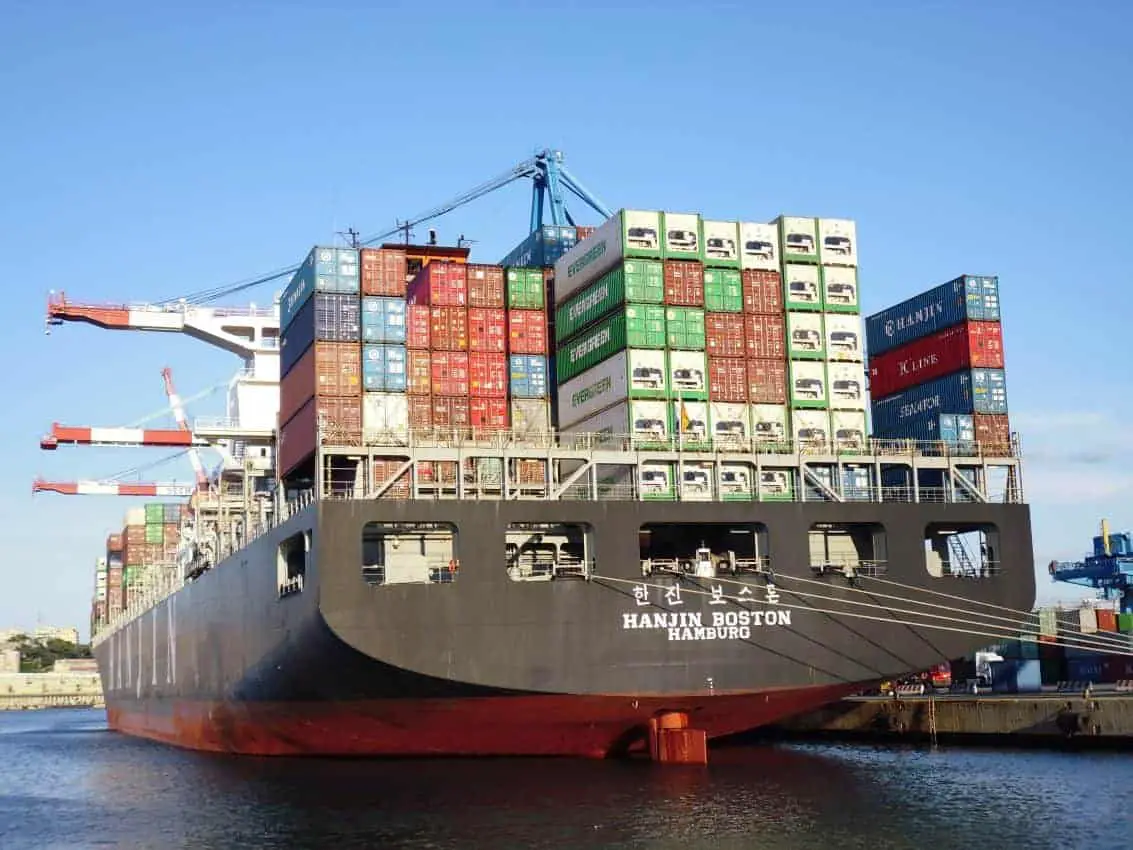Pacific Marine Ecozone
Landforms and Climate

Fjord inlet

Coastal mountains

Coastal islands

Coastal passage

Ocean
The Eco zone takes in all of Canada's fjord-dominated west coast and runs out to the pacific ocean over a narrow continental shelf and slope. The shelf lies beneath the entire Eco zone and is the leading edge of the great North American tectonic plate. As the plate drifts almost gradually westward, the shelf is folding under the Pacific tectonic plate, which forms the bottom of most of the Pacific Ocean. Massive geological forces at work where the shelves meet undersea volcanoes and the west coast earthquakes.
Unlike the Arctic and Atlantic ecozones, sea ice is generally absent from the Pacific Marine Ecozone. The land barrier imposed by the Alaskan peninsula prevents much of the cold arctic currents from flowing down the west coast, so there is little oceanic water exchanged between the Arctic and Pacific ecozones. From south to north within Canada's borders, ocean surface temperatures in the ecozone at any one time vary only about 3°C, while seasonal ocean temperatures vary within a narrow range of about 7°C, a striking contrast to the 20°C variation of the east coast.
Based on its stable temperatures, the Pacific Marine Ecozone may be considered a transition area in between the polar seas of the Arctic and the temperate waters of the middle latitude Pacific Ocean. Ice occurs only seasonally, and then only outside Canada's national waters at the northern boundary of the Bering Sea, the Sea of Okhotsk, and in bays and inlets where there are considerable flows of fresh water off the land.
Human Activities

Fishing

Tourism, shipping

Sailing and recreation
The temperate climate, pleasing scenery, and often healthy economy make Canada's Pacific Coast a most desirable place to live. As a result, it is the fastest growing population area in the country. By 2016, the population of greater Vancouver is expected to reach 5 million. Throughout the Eco zone, fishing, shipping, tourism and marine recreation are the main human activities commit to the area's high standard of living. But these lucrative and popular activities, along with pollution from ship traffic, urban run-off, destruction of shoreline habitat, and industrial pollution, are also in combination the main sources of ecological stress. In 1967, over fishing led to the collapse of herring stocks. Government restrictions allowed the stocks to rebuild and, by 1993, most of the Pacific Herring stocks were in good condition. Today, salmon stocks are being over fished and continue to decline to dangerously low levels.
Wildlife

Grey whale

Killer whale

Seagull

Spawning streams e.g fish e.c.t
The Pacific Marine Eco zone is home to about 3,800 species of invertebrates (no back bone), a mixture of oceanic, sub polar, sea floor (living in the tide waters and landwashes), and benthic (bottom-dwelling) plankton. These populations make up 3.5% of all marine invertebrates in the world. The large invertebrate populations provide rich food sources for the 220 species of fish living in the eco zone. The Pacific Herring is the most abundant, while Salmon, Halibut, Steel head, and Dolly Varden, among others, form the backbone of commercial fisheries. Over the years, salmon and herring stocks have been over fished, and although herring stocks are rebounding, the health of salmon stocks remains precarious.
Marine mammals include Steller Sea Lions, Sea Otters, Northern Fur Seals, Killer whales and Gray Whales. Large breeding bird populations include ducks and geese, Petrels, Guillemots, Murrelets and Auklets, with some Puffins and Murres. Several species of raptors, including Bald Eagles and Osprey, feed in the near-shore wetlands and streams. All of the B. C. breeding populations of Brandt's Cormorants live on the west coast of Vancouver Island.
Plants

Coastal forest

Algal bed

Plankton
Throughout the Eco zone, freshwater clearances from the Fraser, Skeena, Nass, and other water ways carry vast amounts of nutrients to the ocean, increasing the growth of phyto plankton, algae, and other marine plant life. Near the southern end of Vancouver Island, deep water up welling encourages a prolific ocean ecosystem. Unlike its Atlantic counterpart, the Pacific Marine Eco zone has little physical connection with the Arctic, so it has different populations and distributions of species such as plankton. In the intertidal zones (between high and low tide and always underwater) lie vast forests of Macrocystis, or Giant Kelp, along with several varieties of seaweed and coral reefs.
Soon after records of Captain Cook's voyages were published in 1784, British and American fur traders sailed to the Pacific waters in search of sea otters. By the early 1930's, the Pacific population of sea otters had been extirpated. Sea urchin populations, once controlled by the otters, subsequently exploded, decimating many of the kelp forests and their associated algae communities. Today, re-introduced otter populations are rising and the kelp habitat may also recover. Along the water's edge, coastal salt marshes and mudflats contain large sea beds of eel grass, important spawning sites for Pacific Herring schools.
